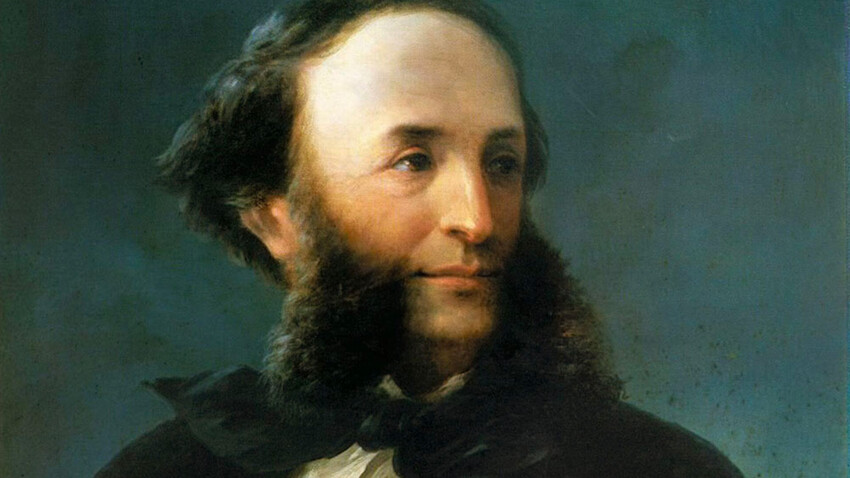
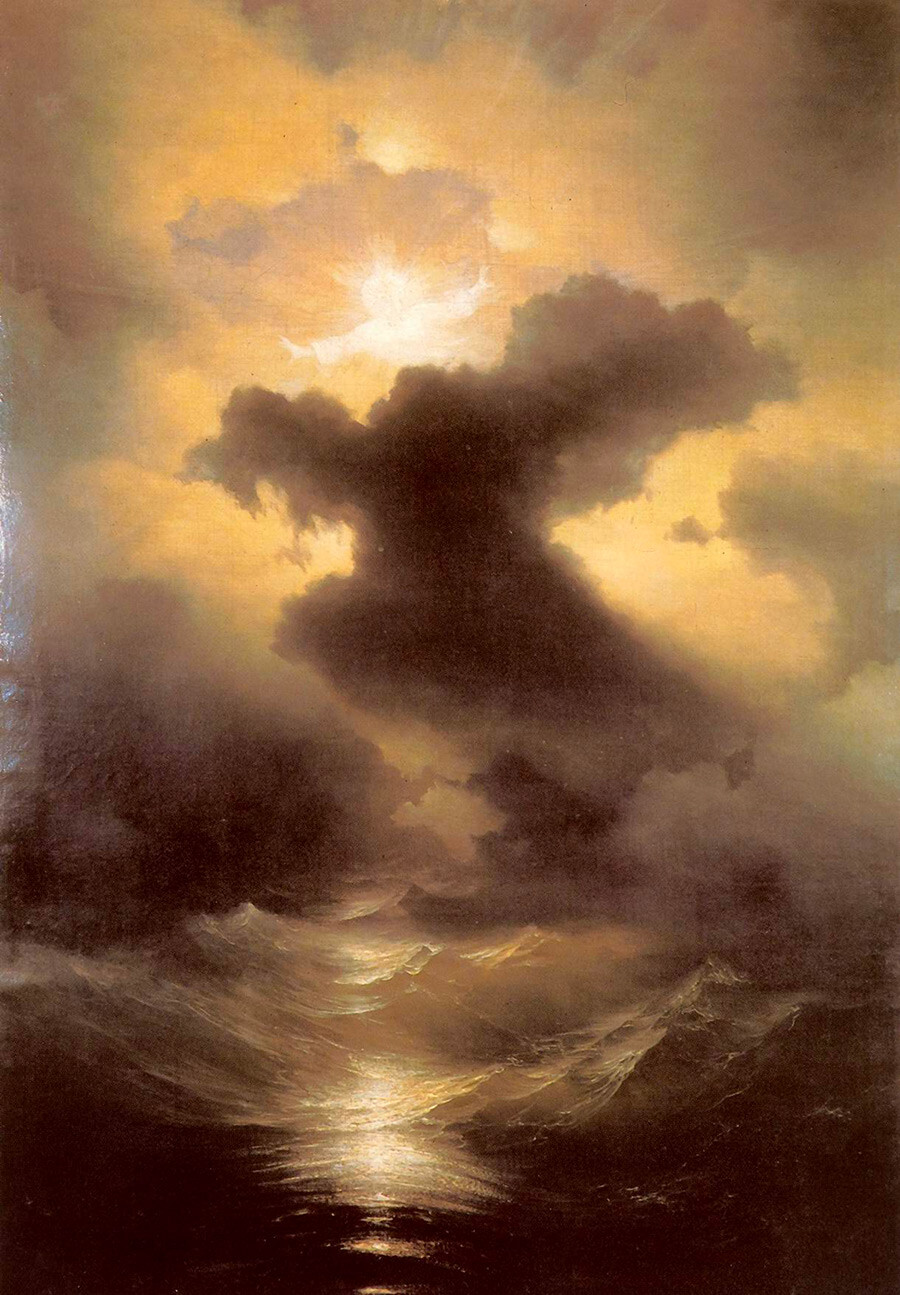
After graduating from the St. Petersburg Academy of Arts, in 1840, the then 23-year-old Aivazovsky went on a graduation trip to Italy. He enthusiastically studied the views of Venice, where he met Nikolay Vasilyevich Gogol. Afterwards, his path led to Florence, Naples, Sorrento and Rome.
There, he not only painted, but also participated in exhibitions - the public, having seen his seascapes, was delighted. There was no end to buyers. Among them was even Pope Gregory XVI. Having seen Aivazovsky's painting titled ‘Chaos’, he decided to buy it for the Vatican Gallery - the artist refused the money, but accepted a gold medal from the hands of the pontiff. Gogol, of course, could not resist a joke: “Glory to you, Vanya! You came, a small man from the banks of the Neva in Rome and immediately created ‘Chaos’ in the Vatican!”
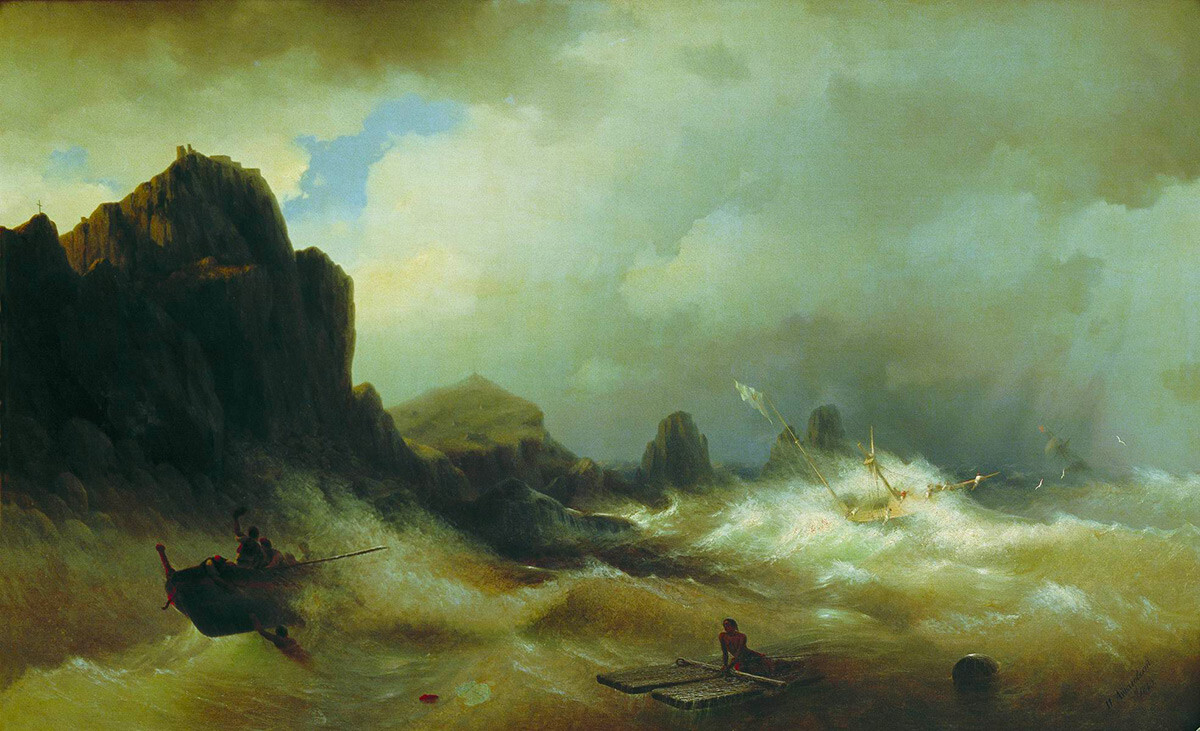
St. Petersburg’s ‘Khudozhestvennaya Gazeta’ (‘Art Newspaper’) wrote with delight about the growing popularity of the artist: “Nobles, poets, scientists, artists and tourists vied with each other to caress him, treat him and, singing in verse, recognize him as a genius. Even the King of Naples expressed a desire, through our envoy Guriev, to see the Russian artist and his marvelous paintings.”
Ivan Aivazovsky spent four years in Italy and painted about eighty paintings.
In 1873, Aivazovsky's exhibition was successfully held in Florence. And soon, the artist received an offer to paint a self-portrait for the Uffizi Gallery.
The fact is that the museum has had a collection of artists’ self-portraits for a long time - the tradition was started by Cardinal Leopoldo Medici, who first bought the collection of the Roman Academy of St. Luke.
Later, in recognition of their merits, self-portraits were commissioned to artists. As a result, the Uffizi has one of the largest collections of self-portraits in the world. Rubens, Rembrandt, Velasquez, Titian, Raphael - at the beginning of the 19th century, this list began to be supplemented by Russian masters.
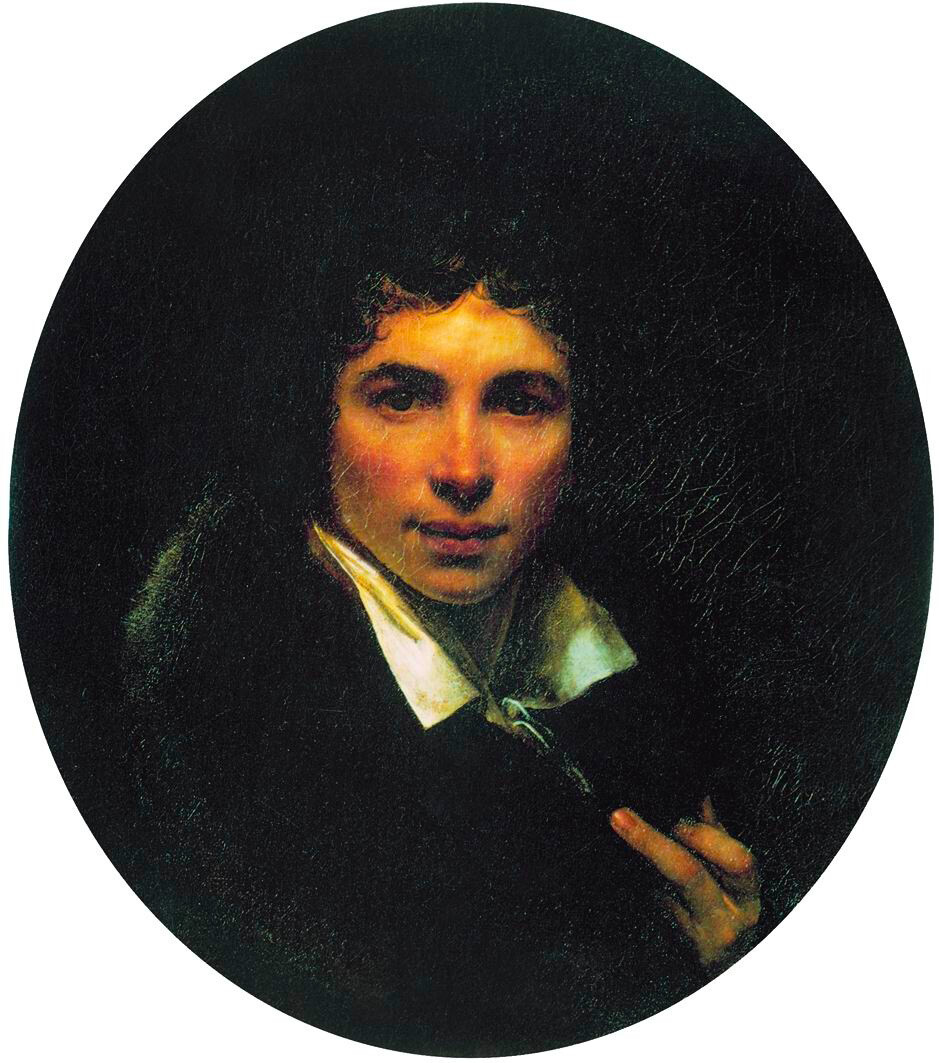
The first was Orest Kiprensky, who was commissioned by the Florence Academy of Arts in 1819. The second, in 1831, was Karl Bryullov, although he never finished the portrait. And the third to receive an order for a self-portrait was Ivan Aivazovsky: he depicted himself against the backdrop of a stormy sky.
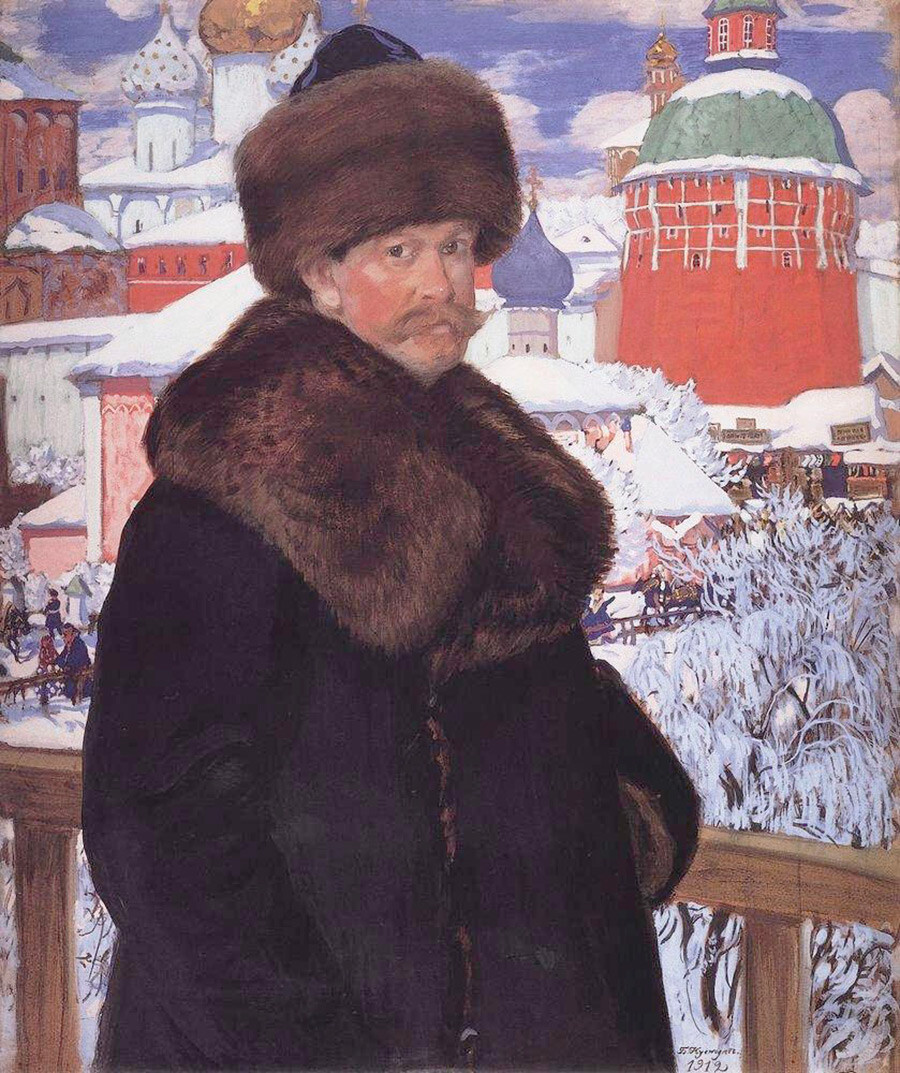
Thanks to this tradition, self-portraits of other Russians - such as Boris Kustodiev and Marc Chagall - also appeared in the Uffizi. In 1983, the gallery's collection received a self-portrait by Viktor Ivanov, an artist of the Soviet period and a representative of the “severe style”.
Dear readers,
Our website and social media accounts are under threat of being restricted or banned, due to the current circumstances. So, to keep up with our latest content, simply do the following:
If using any of Russia Beyond's content, partly or in full, always provide an active hyperlink to the original material.
Subscribe
to our newsletter!
Get the week's best stories straight to your inbox